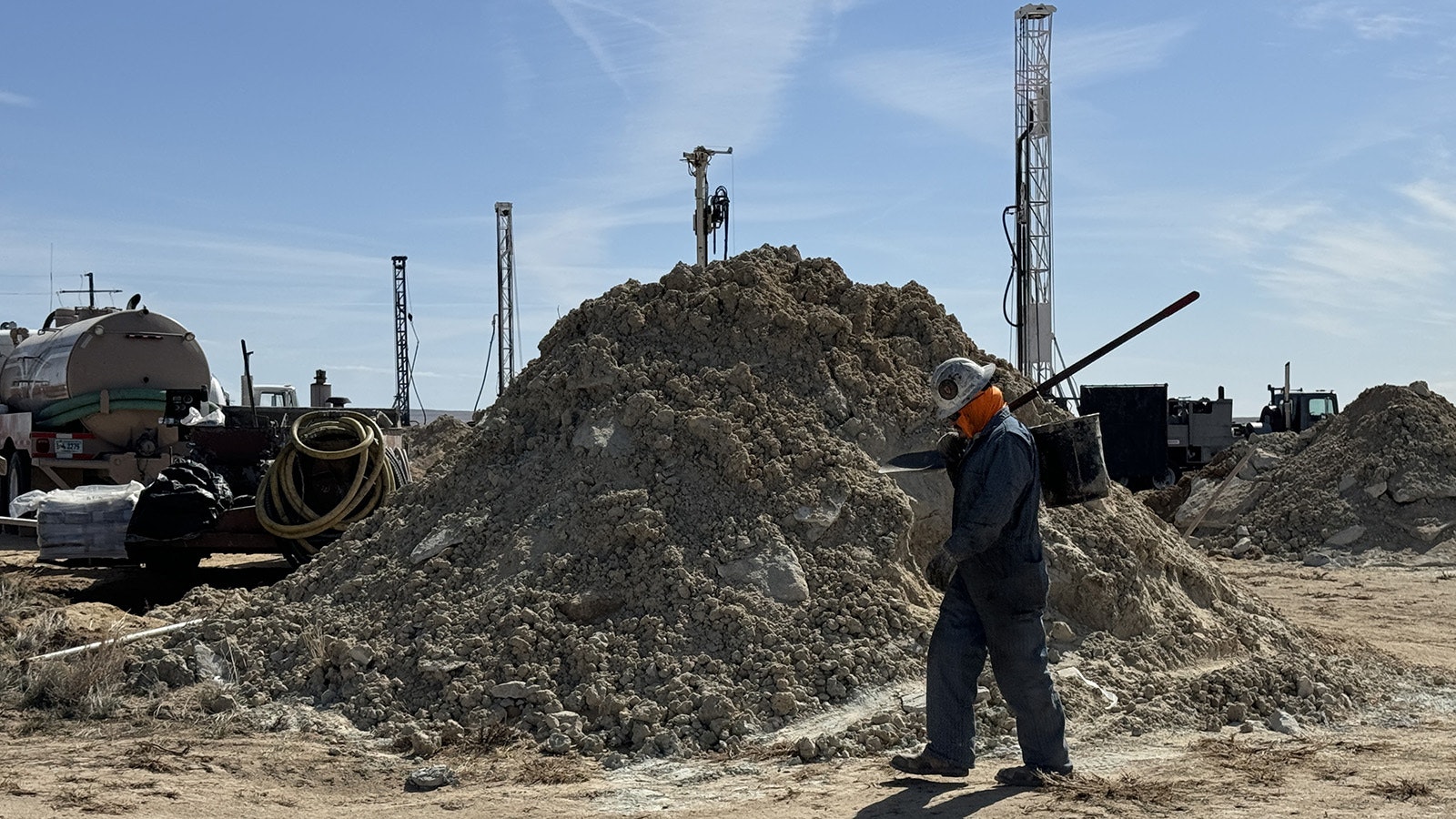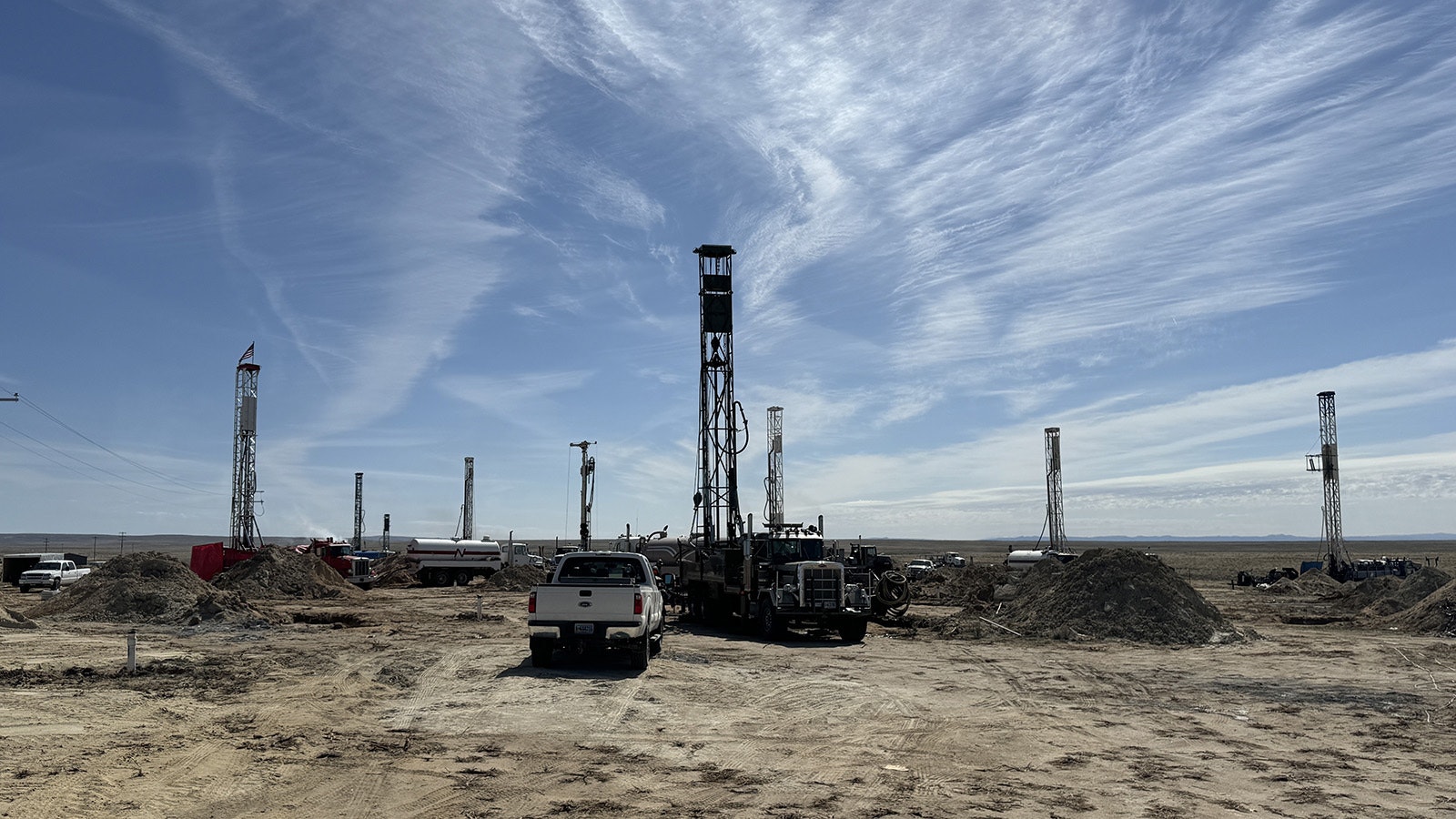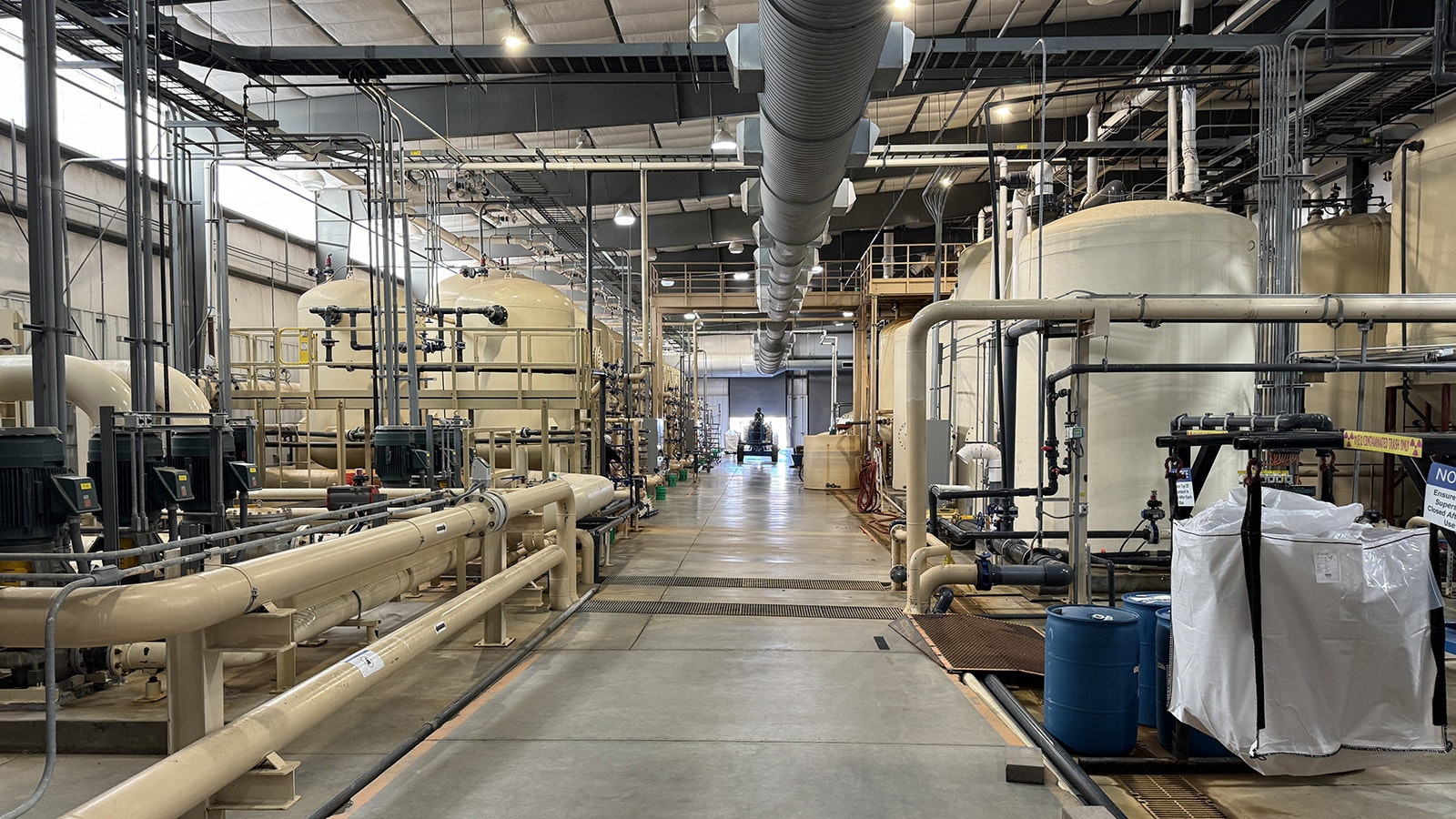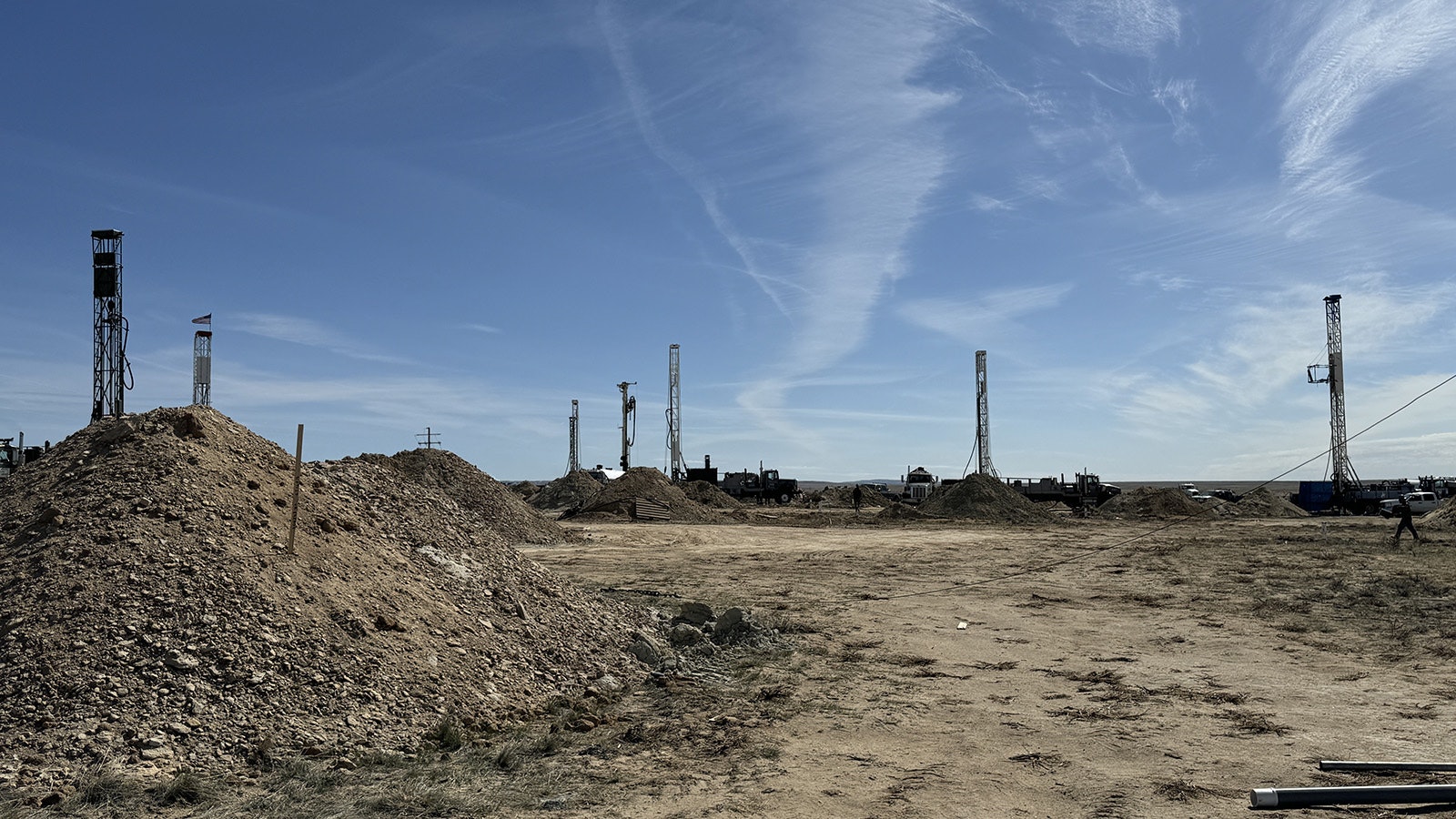A uranium mining project in southwest Wyoming cleared its final regulatory hurdle this week after years of delays, marking the start of a new era with a former Wyoming legislator from Sheridan overseeing the regional Environmental Protection Agency office in Denver.
That office approved an aquifer exemption for the Lost Creek uranium mine, with new regional EPA Administrator Cyrus Western calling it, “A great win for the White House and for Wyoming. And for just getting government out of the way and allowing industry to do what they do best."
The approval will allow projects to proceed in the Battle Springs Formation, an aquifer located throughout the Great Divide Basin in south-central Wyoming, according to the EPA.
Working with the Wyoming Department of Environmental Quality, EPA stated it, “Determined that the aquifer, which contains uranium, is not a current and will not serve as a future source of drinking water. The decision will allow Lost Creek ISR, LLC, to expand their underground mining operations.”
Wyoming’s U.S. senators issued statements in response to the news.
“This is a win for uranium production in Wyoming,” said Sen. John Barrasso. “The Trump administration is delivering on its promise to unleash American energy. Nuclear power is clean and reliable and creates good paying jobs. Expanding uranium mining in the Battle Springs Formation will help ensure Wyoming continues to lead the United States in uranium production.”
“President Trump's decision to expand uranium mining in the Battle Springs Formation is a watershed moment for Wyoming's energy economy that not only recognizes our state’s vital role in the nation’s critical mineral supply chain but better positions us to achieve energy independence,” added Sen. Cynthia Lummis.
Ur-Energy is developing the Lost Creek project. It has offices in Littleton, Colorado, and Casper. The company reports the Lost Creek in-situ recovery mining operation produced and packaged approximately 2.9 million pounds of uranium since operations began in 2013.
In-situ recovery is a mining method that extracts minerals like uranium or copper from ore bodies without physical excavation by pumping a solution through an ore deposit.
"Approval of these amendments is the culmination of many years of extensive environmental baseline data collection,” stated John Cash, Ur-Energy's CEO, adding the project has undergone years of “public comments and regulatory review.”

Water Under Red Desert
The Lost Creek Mine sits west of the little community of Bairoil in the remote northeast corner of Sweetwater County.
It is part of the uranium-rich Great Basin Divide, which covers nearly 4,000 square miles.
Beneath Lost Creek is the Battle Springs Formation Aquifer, and Ur-Energy needed an “aquifer exemption” to proceed with production.
“The in-situ uranium mining involves drilling these wells down thousands of feet,” said Western. “The technical analysis by the state of Wyoming showed that they have very high confidence that this will not permeate into other water aquifers, and that this will be confined.”
“The WDEQ is pleased that EPA has concurred with Wyoming’s assessment and conclusion that the aquifer exemption is protective of drinking water sources and consistent with state and federal law,” said Todd Parfitt, WDEQ director in a press statement. “This action will allow for the responsible development of uranium resources while ensuring drinking water sources are protected.”
Intentional Shift
Gov. Mark Gordon signed a tri-state agreement with Idaho and Utah April 29, pledging to contribute to the growing industrial ecosystem supporting nuclear energy in those three states.
In addition to the TerraPower project in Kemmerer, there are mines like Lost Creek contributing uranium ore ready for enhancement into fuel.
“In the resurgence — the comeback of American energy — nuclear is a big deal,” said the EPA’s Western. “It's incredibly reliable. It's very affordable. It generates base power when you need it. It's highly dispatchable. So, this is right down the fairway.”
“And this is very much in line with President Trump's agenda of bringing back the extractive industries, whether it be uranium or coal,” added Western, who described the current momentum shift in favor of mining companies as an intentional move away from the “unfriendly approach” of the Biden Administration.
Western made a pitch for more operations like Lost Creek, “And the really high-quality blue-collar jobs they create, getting them across the finish line.”
Contact David Madison at david@cowboystatedaily.com
David Madison can be reached at david@cowboystatedaily.com.









